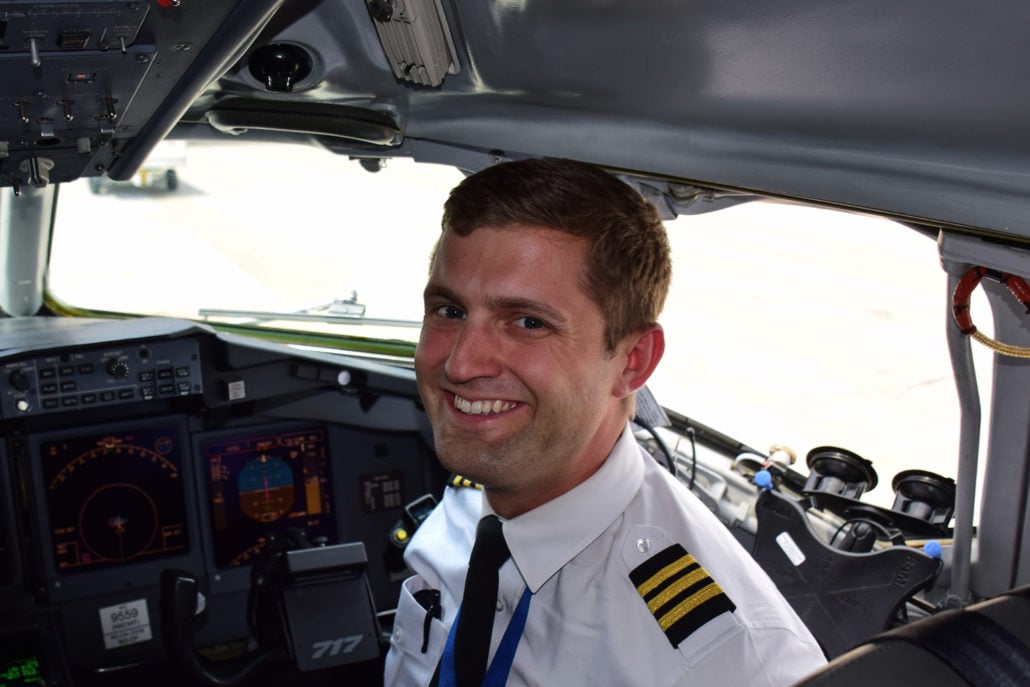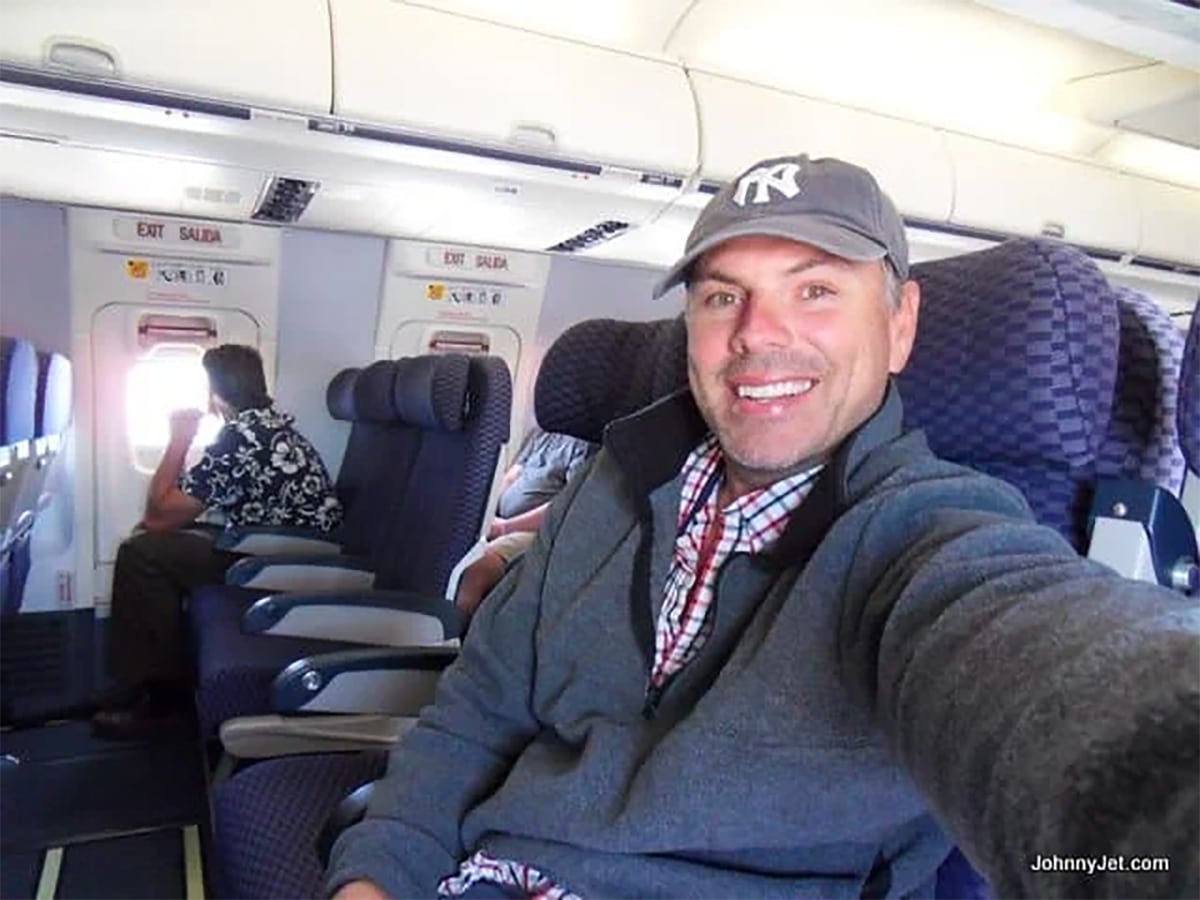
In our Ask a Pilot series, pilot Spencer Marker answers one of your aviation-related questions each week. See past installments here and submit your own to whitney@johnnyjet.com.
The question
The pilot uniform seems so specific. Is there any history to how the uniform came to be? Thanks!
—Mike
The answer
Thanks for the great question, Mike. The airline pilot’s uniform is a traditional piece of airline branding that harkens back to the golden age of aviation. Men and women who get to suit up in that uniform every day are aware of the heritage and the sense of pride it evokes. A lot of people have worked their entire lives to wear it.
The look
In the early days of aviation, pilots wore clothes much like their World War I military counterparts. Seeing as airplanes of the time had open cockpits and shielded their occupants little from the cold wind, pilots needed to bundle up. Wearing thick leather jackets with large pockets, khaki pants and boots was the standard attire.
Pan American Airways changed that paradigm. In the early 1930s, Pan Am took delivery of Sikorsky S38 and Boeing 314 flying boats (yes, those are airplanes that take off and land in the water). They dubbed these new aircraft “Clippers.” As a nod to their new seafaring airplanes, Pan Am changed their standard pilot uniform to one almost identical to a naval officer’s uniform. Right down to the white pilot’s hat, double-breasted black jacket and gold-braid loops on the sleeves that signify rank.
Over the years, airline pilot uniforms evolved. Today, most airlines wear some sort of black or blue blazer or leather jacket over a standard white pilot shirt and tie. Most modern airlines have made the traditional pilot hats optional. However, Delta Air Lines pilots still wear a double-breasted black jacket with gold trim and traditional pilot hats. The airline says its pilot uniform has become an integral part of its branding.

On the other side of the coin is Virgin America. When the airline was founded, pilots simply wore black trousers and a black button down shirt. The only way one could identify a captain or first officer was by the epaulet (we will discuss these momentarily) pins on their collar. Eventually the uniform evolved, and it currently features a grey pilot shirt with traditional epaulets and black pants. Virgin pilots forgo ties, hats and blazers, opting instead for a soft shell (think Columbia Sportswear) or leather jacket. Losing the ties and hats definitely ups the cool factor and makes Virgin unique in the American aviation industry.

What are epaulets?
The bars pilots wear on their shoulders are called epaulets (my father still calls them shoulder bars, which makes sense; he’s a retired Navy man). They are used to denote rank among flight deck crew members. Four bars are indicative of a captain while three bars signal a first officer (or co-pilot, a term the airline industry has moved away from).
These bars have their origin in the Navy as well, and pilot blazers also have stripes around their wrists to indicate rank. In most modern flight decks, there are only two ranks. However, some airlines carry dedicated cruise pilots (pilots that only fly during cruise flight to relieve the captain or first officer) or relief pilots who may wear two or three bars on their uniforms.
Pilot wings
No airline uniform would be complete without a set of wings on the pilot’s chest. For pilots, earning your wings is a tangible reward for countless hours of discipline and training. To us, they are more than simple gold or silver pins. They are the actualization of a life’s effort.
Wings are worn above the left breast pocket of a pilot’s uniform jacket or shirt (sometimes both) and feature the logo of the airline in the center. Most passengers do not realize rank is also indicated on a pilot’s wings. In the United States, first officers wear wings with a small star on top, while a captain’s wings have a star and a wreath.
To sum up
Thanks for the great question, Mike. The airline pilot uniform has certainly evolved over the decades. While airlines like Virgin America dispense with tradition in an effort to seem more relaxed and approachable, airlines like Delta stick with convention and enjoy the prestige a traditional uniform elicits. There is no right or wrong way to dress a pilot. The only thing pilots like me care about is the wings on their chest and the pride that comes from earning them.
And if anyone have a burning aviation question or something you would like cleared up, drop us a line at Whitney@johnnyjet.com to get your question featured in an upcoming Ask a Pilot column.
Tailwinds,
—Spencer




hi can I ask why do pilot wear white shirt? any psychology or healthy reasons?